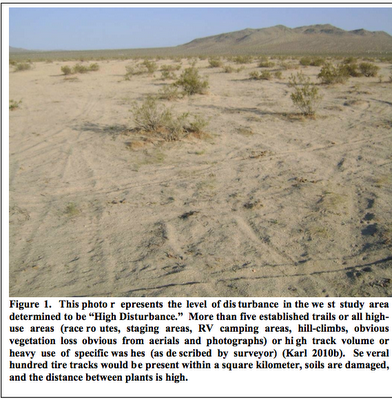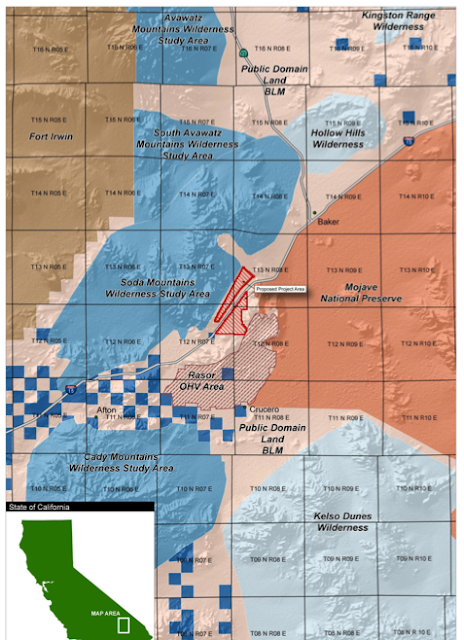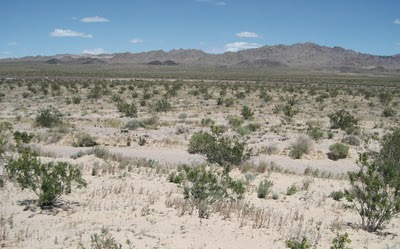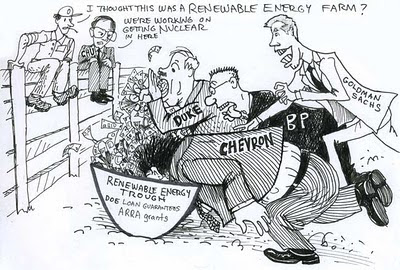Vermont Wind Facility A Perfect Example of Greenwashing
Wind turbines are not green, and the video below shows the ugly side to this utility-scale energy behemoth that is altering thousands of square miles across the country. Not only do they require massive amounts of steel to produce, they are transported by diesel guzzling trucks for hundreds of miles, tons of concrete is needed to pour their foundations, and wide access roads are bulldozed into the land and mountain ridges where they are installed. Once the blades are spinning, they become a huge threat to rare wildlife, such as golden eagles, hawks, owls, bats, sandhill cranes, etc. Research indicates that at least 440,000 birds are killed each year by wind turbines, and that number is expected to climb to 1,000,000 per year by 2030 as more wind facilities are constructed. The video below shows scenes of destruction in Vermont as a mountain ridgeline is blasted away to make way for wind turbines. This is Green Energy? from Catamount on Vimeo . But most big en...











